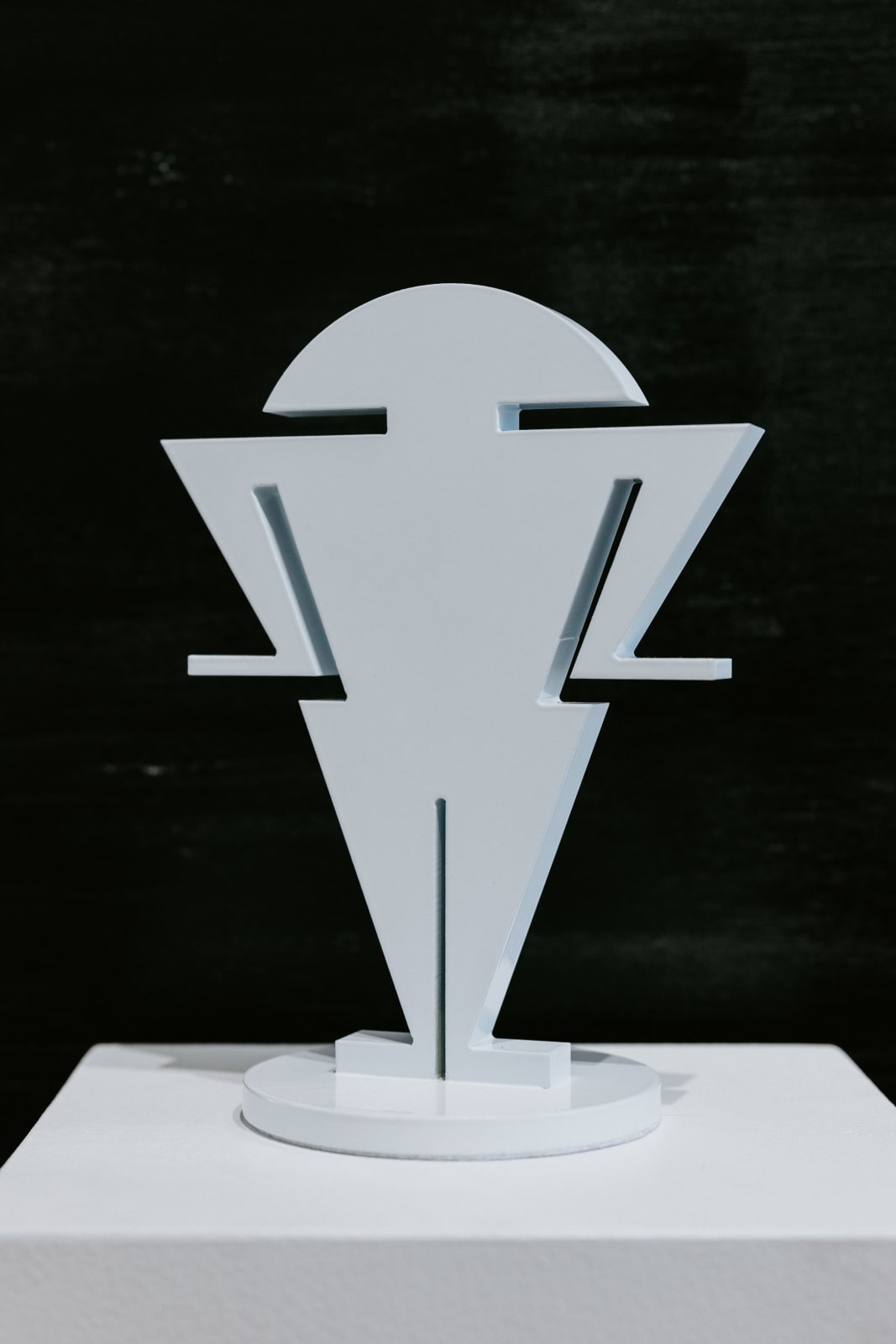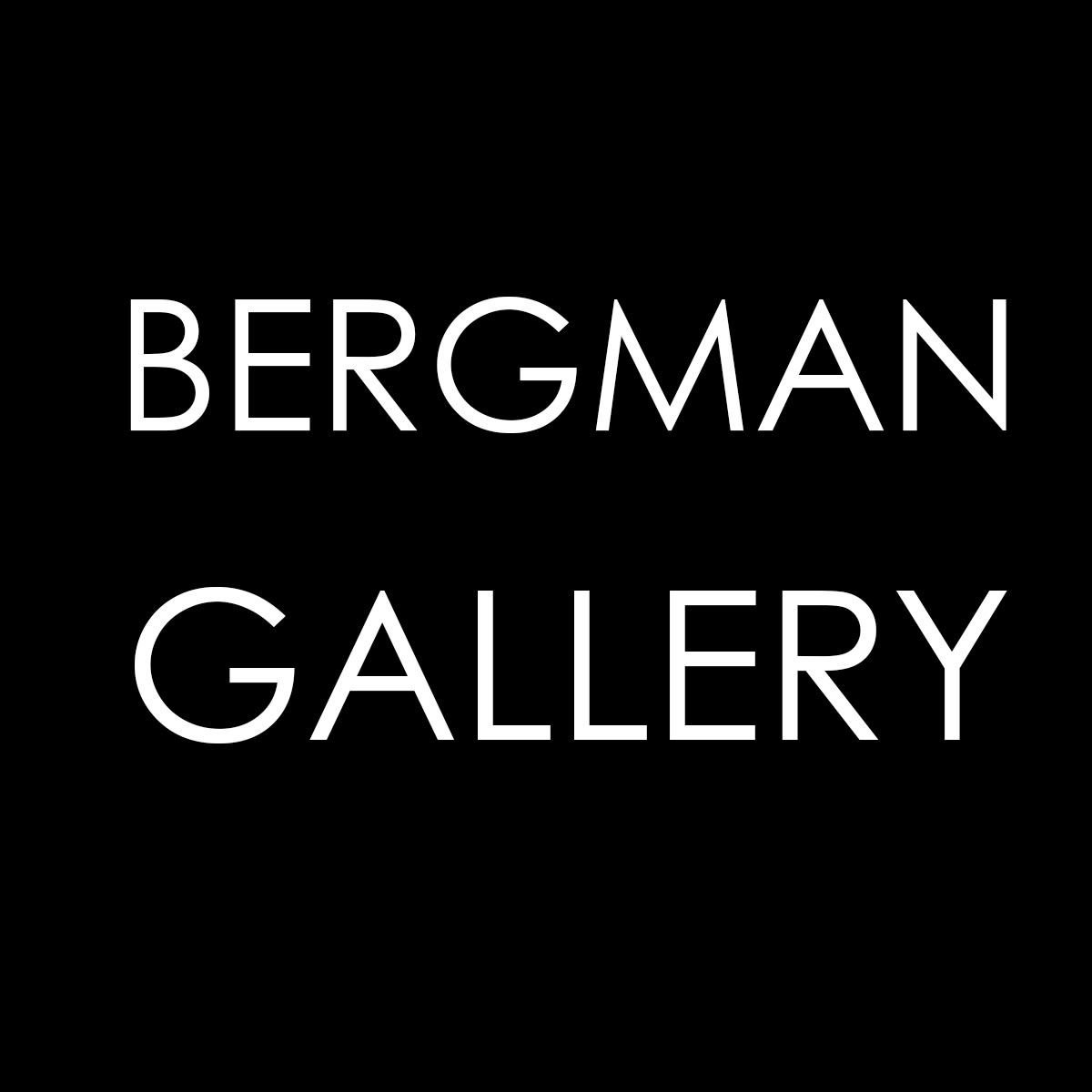
Benjamin Work New Zealand | Tonga, b. 1979
24 x 18 cm
'As I delved deeper into my culture and history, I learnt of the lost practice of Tufunga Tongi ‘Akau - the sacred art of weapon making. I was instantly intrigued by the intricate carvings found across its surface, they were not just a physical object, but a representation of one's power, status, and connection to the fonua or land. The art of weapon making was not only the physical act of carving, but also about the embedded knowledge, stories, and skills passed down from generation to generation - our way of transmitting or communicating who we were.
With this newfound appreciation for Tongan weaponry, I began to explore my own masculinity and what it meant to be a “Tongan warrior” today. Growing up, my biggest visual influence was the designs found on Ngatu or Tapa cloth, a practice that was thankfully maintained by our Tongan women, yet weaponry was seen as violent and connected to the ancient spiritual realm and needed to be removed. My starting point in this reclamation journey was with a vision I had while on one of Auckland's volcanic cones, this vision spoke to my very core as an artist who is both Tongan and Pālangi living in Aotearoa NZ - I knew I had to try and recreate the imagery I saw.
Tongan weaponry was the most collected item on Captain James Cook's voyages, thus removing an ancient visual language from generations of Tongan people. Unfortunately our weaponry is spread across the globe with hardly any back home, so it became vital for me to gain access to these collections and share my findings. In 2015 I was fortunate to gain access to Museum collections across Europe and in the following year with The Metropolitan Museum of Art in NYC. Part of my vision was to fill this visual void by creating large scale works that would hold space by reintroducing this unique iconography back to my people and then the world.
It was from this base that “The Warrior” was born, a kupesi or iconography that encapsulated who we were, where we came from and how we stand firm on the whenua we now call home.'
Exhibitions
To'a Motu, Auckland, 2022Aotearoa Art Fair, 2022
